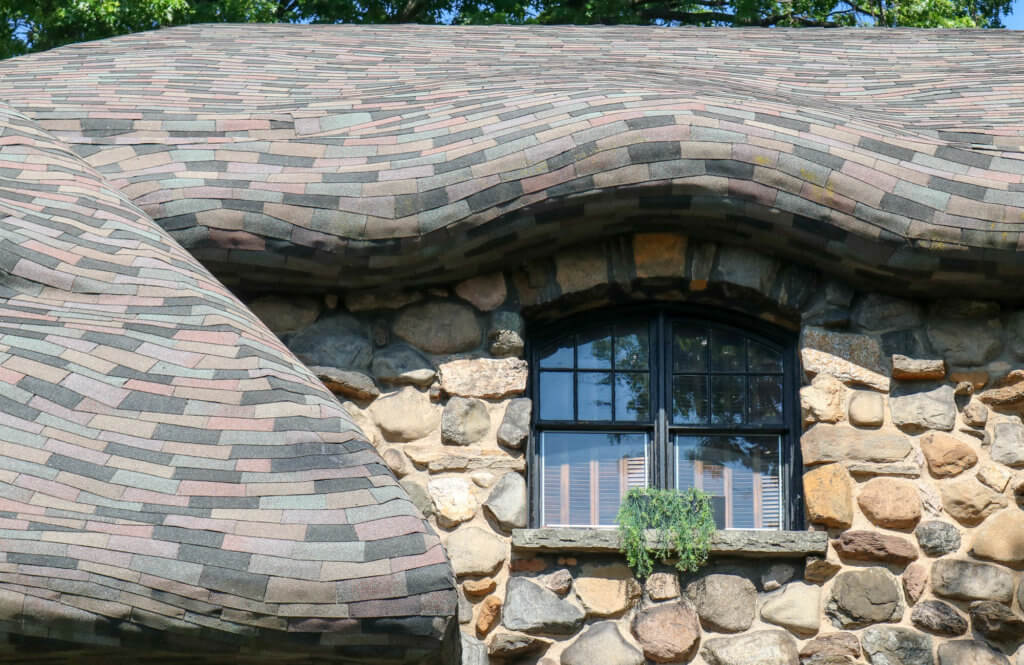The story behind Bay Ridge’s famous Gingerbread House

Photos by Susan De Vries
BY SUZANNE SPELLEN
Sometimes it can be hard for a creative person to be defined by only one work, but when that one work makes you a household name, who can argue? For James Sarsfield Kennedy, a gifted architect working in the early 20th century, that one work would be the house he designed for Howard and Jessie Jones, at 8200 Narrows Avenue, in Bay Ridge.
Today, accurately or not, that home is known as the “Gingerbread House” because it looks like something out of the world of Hansel and Gretel and European folk tales. In reality, the house is a rare American example of the Arts and Crafts style.